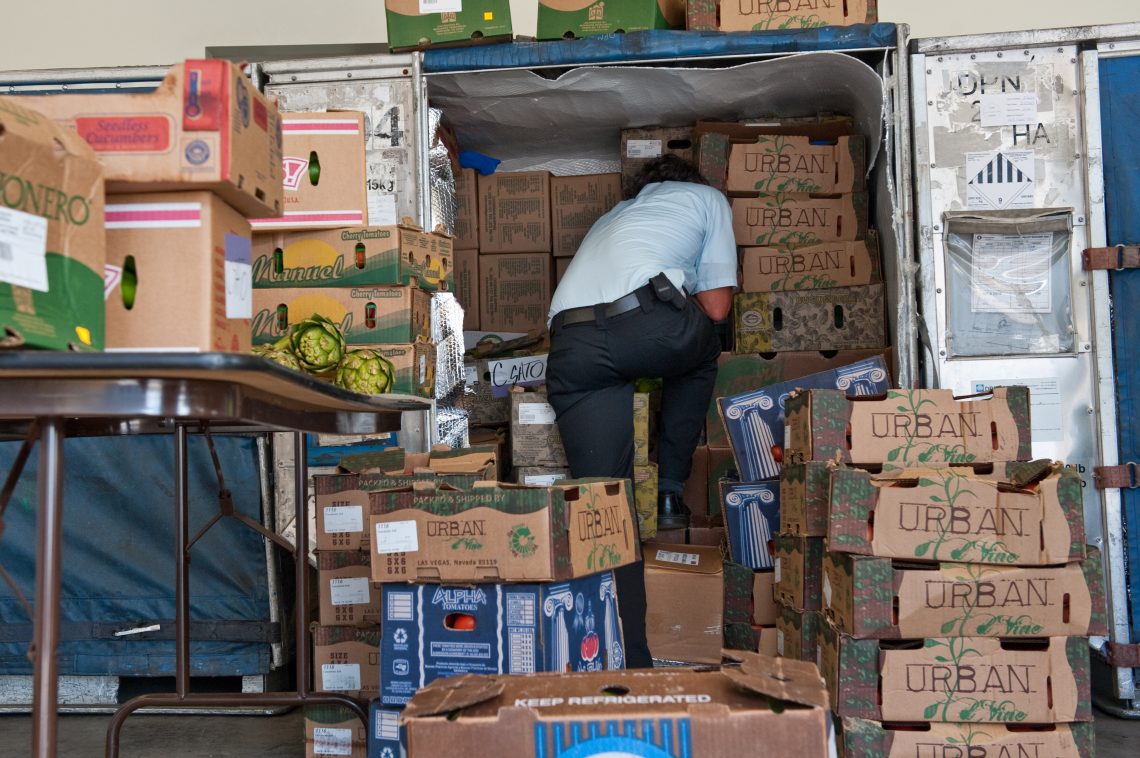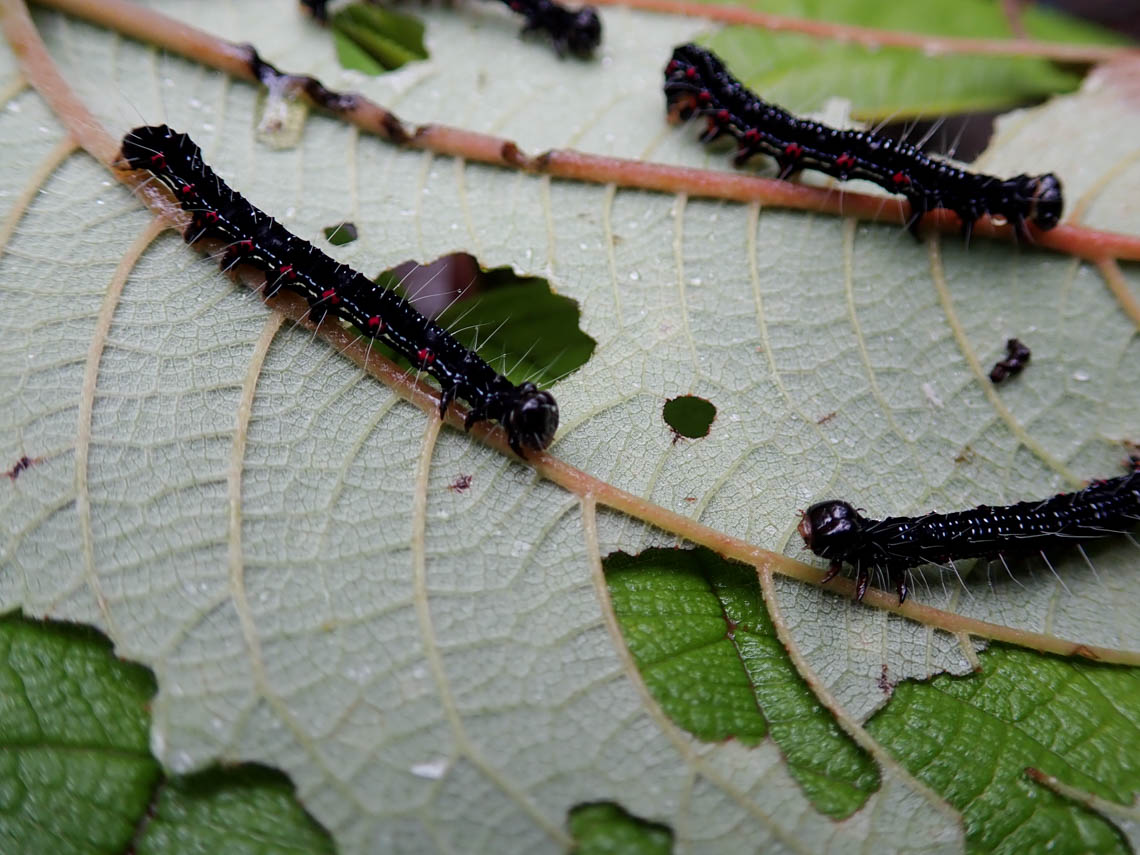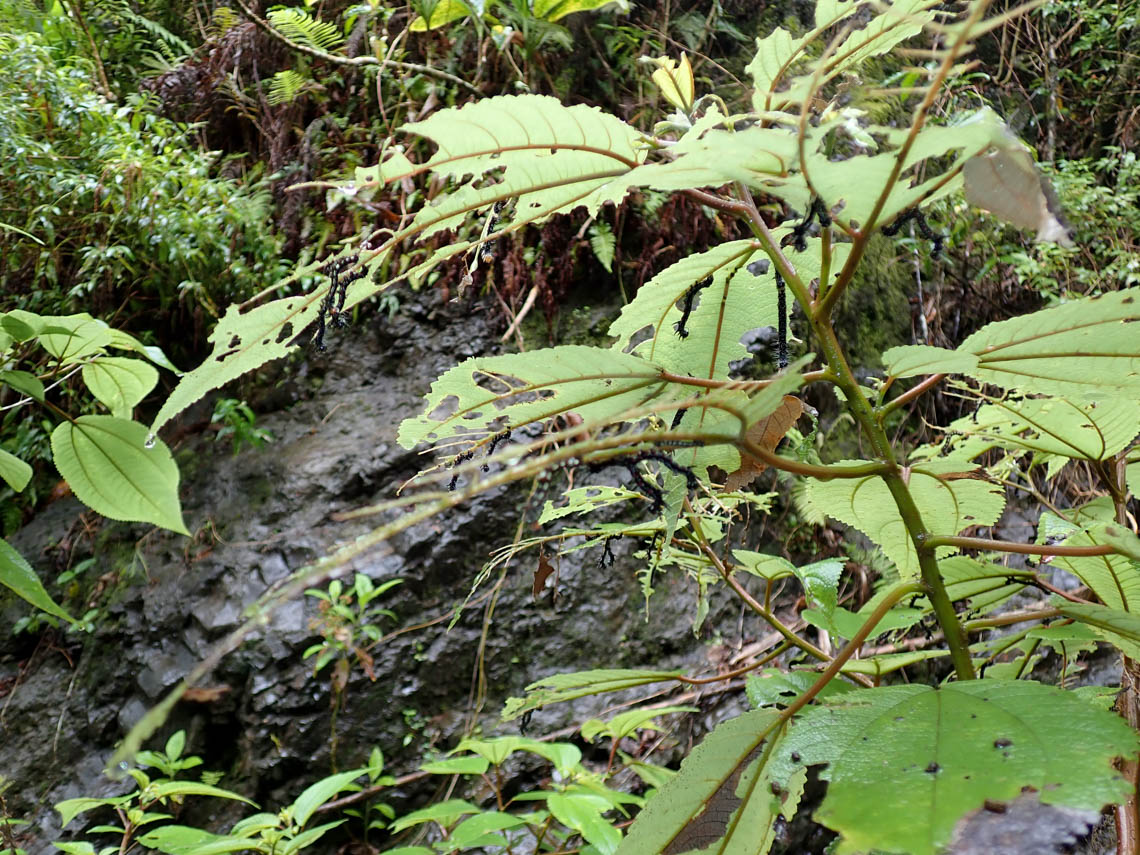
On the morning of January 9th, an employee unloading a container at a hardware store on Molokaʻi was startled by the sight of a snake flicking its tongue at him. The store immediately called the Maui Police Department and the Molokaʻi Invasive Species Committee. Within less than an hour of discovery, the snake was caught and dispatched. It was not a normal Monday morning—snakes rarely arrive in Hawaiʻi, and that’s by design.
Invasive species like snakes and other plants and animals can be drivers of environmental change. They can take over habitat used by native plants and animals, fueling wildfires, and disrupting aquifer recharge. These changes jeopardize agricultural and horticultural industries, tourism, and our quality of life. Preventing new invasive pests from becoming established and managing those that are already here is essential, but it doesn’t happen without vision, planning, and coordination. No single organization or agency can tackle all the invasive species challenges.
Even before a cargo ship leaves its port of origin, inspectors check for pests. In Oregon, which grows most of the Christmas trees destined for Hawaiʻi, inspectors shake out trees as they’re loaded into the containers, looking for wasps or other insects. On Guam, where brown tree snakes have overrun the island, a team from the U.S. Geological Survey regularly scours the wheel wells of outgoing planes to check for stowaway snakes. Once cargo arrives in the islands, the Hawaiʻi Department of Agriculture inspects it for hitchhiking pests. But they can’t check every box, leaf, or plant, and sometimes pests slip past the borders, finding their way into backyards or forests. Sometimes weedy plants are intentionally introduced.
Although invasive species don’t care who owns the land, agencies have specific mandates that limit where they can work. This gap was highlighted by the discovery of the highly invasive miconia plant in Hāna in the early 1990s. Miconia was on private and public land but hadn’t yet reached higher-elevation areas, where it would threaten the watershed. Control needed to occur wherever the plant had taken root.
So resource managers found a way to fill the gap. They created an informal committee, sought funding, and hired staff. Work expanded to other pests and the model was adopted by other islands, resulting in the island-based Invasive Species Committees (ISCs) that work on priority pests on private and public property. The ISCs focus on species that pose the greatest risk of harm and are considered feasible to eradicate or contain to limited areas. They work in close collaboration with partners whose work on invaders is more place-based—for example, watershed partnerships, national parks, natural area reserves, and wildlife refuges.

When invasive species have spread beyond containment but still pose significant threats, they may be suitable targets for biological control—using natural enemies from their native landscape to reduce their impacts in Hawaiʻi.
With so many players involved in this gargantuan task of addressing invasive species, it’s essential to plan and coordinate. In 2017, the Hawaiʻi Invasive Species Council released a Hawaiʻi Interagency Biosecurity Plan, developed with input from stakeholders from various agencies and the public. The plan identifies gaps in the biosecurity system and outlines policies, processes, and resources needed to improve our collective response. The plan offers a framework for agency collaboration, with specific tasks identified for lead and partner agencies.
Are we making progress? Chelsea Arnott, Coordinator for the Hawaiʻi Invasive Species Council highlighted some accomplishments under the plan since 2017:
- The Department of Health’s vector control program was restored, enhancing protection against new species of mosquitoes and the spread of mosquito-vectored human disease. This statewide program lost its funding after the 2008 economic downturn.
- Research support has led to remote sensing using drones, helicopters, and computer-aided analysis of images to detect trees infected with rapid ohia death.
- Landscape-level efforts are underway to protect native birds from mosquito-borne diseases.
- In Kaneohe Bay, lab-reared native sea urchins graze on invasive algae that threaten coral reefs.
- On Maui, new methods for treating little fire ants by air are proving successful.
- Agency cooperation has helped find and test natural enemies to slow the spread of invasive plants, including tibouchina, devil weed, and miconia.
- Interagency coordination on outreach and education has increased community awareness about the importance of invasive species.
Ultimately, an alert and aware community is one of the most important layers of protection against the spread of invasive species. Thanks, Molokaʻi, for helping to ensure there are still no snakes in Hawaiʻi.
Learn more about the priorities for action and the agencies working to keep invasive species out of Hawaiʻi; visit https://dlnr.hawaii.gov/hisc/plans/hibp/
Lissa Strohecker is the public relations and education specialist for the Maui Invasive Species Committee. She holds a biological sciences degree from Montana State University. Kia’i Moku, “Guarding the Island,” is prepared by the Maui Invasive Species Committee to provide information on protecting the island from invasive plants and animals that can threaten the island’s environment, economy and quality of life.
This article was originally published in the Maui News on January 13, 2024, as part of the Kia‘i Moku Column from the Maui Invasive Species Committee.
Read more Kiaʻi Moku articles






